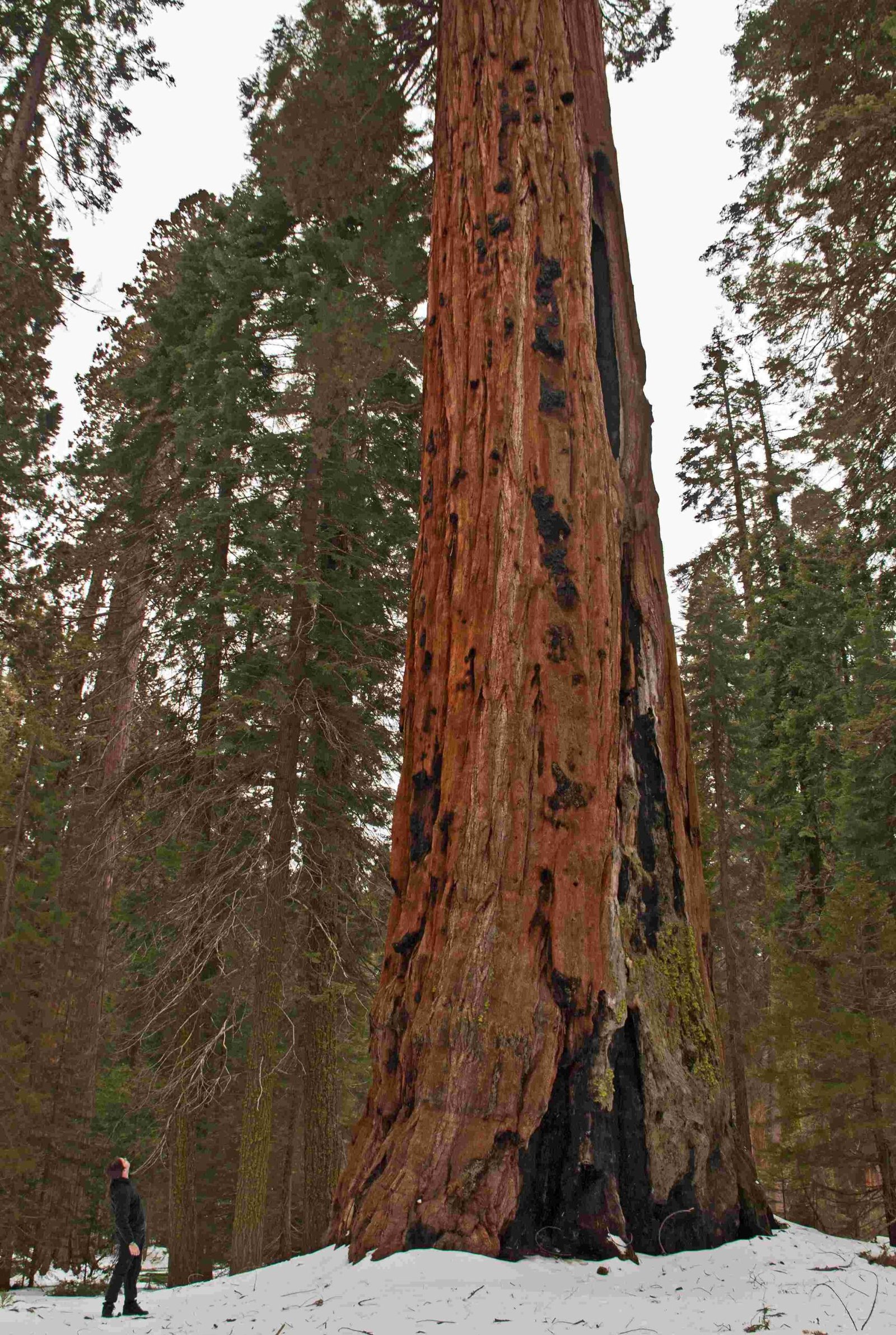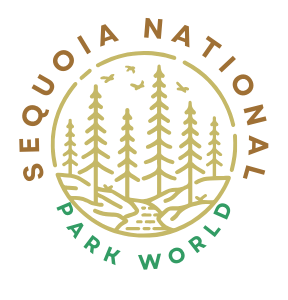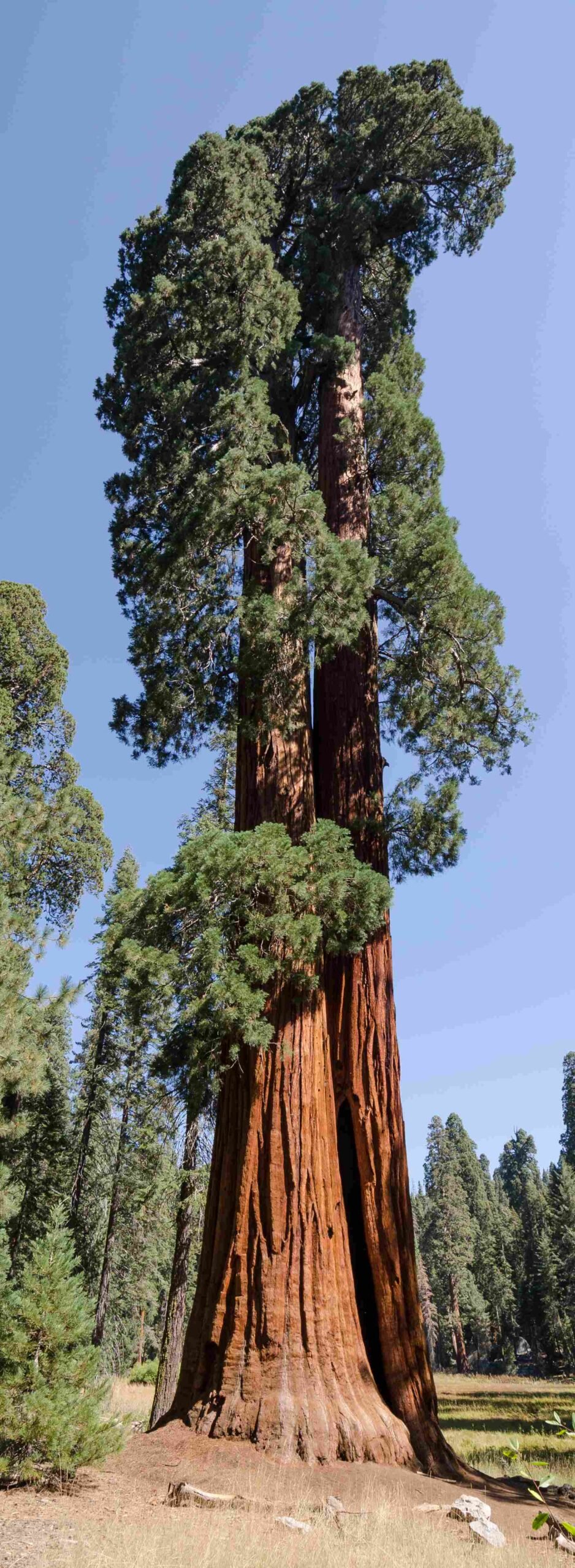Sequoia National Park offers diverse camping experiences amidst towering sequoias and stunning landscapes. While there’s no specific ‘Board Camp’, the park provides various camping options, from rustic sites to more developed campgrounds with amenities. Visitors can enjoy activities like hiking, wildlife viewing, and stargazing. This guide explores camping options, reservations, activities, and essential information for planning your Sequoia National Park adventure.
What Are the Camping Options in Sequoia National Park?

Sequoia National Park offers a range of camping experiences to suit different preferences:
- Developed Campgrounds:
- Lodgepole Campground
- Dorst Creek Campground
- Potwisha Campground
-
Buckeye Flat Campground
-
Backcountry Camping:
- Requires wilderness permit
-
Offers solitude and immersion in nature
-
RV Camping:
- Available at select campgrounds
-
Size restrictions apply
-
Group Camping:
- Dorst Creek Campground offers group sites
How Can You Make Reservations for Camping?

Securing a campsite in Sequoia National Park requires planning:
- Online Reservations:
- Use Recreation.gov
-
Book up to 6 months in advance
-
First-Come, First-Served:
- Limited options available
-
Arrive early, especially during peak season
-
Reservation Tips:
- Book early for summer months
- Consider shoulder seasons for better availability
- Have flexible dates if possible
What Amenities Are Available at Campgrounds?
Campground amenities vary, but generally include:
| Amenity | Availability |
|---|---|
| Picnic Tables | All campgrounds |
| Fire Rings | Most campgrounds |
| Food Storage Lockers | All campgrounds |
| Restrooms | All campgrounds (flush/vault) |
| Showers | Select campgrounds (e.g., Lodgepole) |
| Potable Water | Most campgrounds |
| Dump Stations | Select campgrounds |
What Activities Can You Enjoy While Camping?
Sequoia National Park offers numerous activities for campers:
- Hiking:
- Trails for all skill levels
-
Famous hikes include General Sherman Tree and Moro Rock
-
Wildlife Viewing:
- Black bears, mule deer, and various bird species
-
Follow park guidelines for safe wildlife encounters
-
Stargazing:
- Dark skies offer excellent stargazing opportunities
-
Ranger-led astronomy programs available seasonally
-
Ranger Programs:
- Educational talks and guided walks
-
Check visitor centers for schedules
-
Photography:
- Capture stunning landscapes and giant sequoias
- Best light during early morning and late afternoon
What Should You Know About Park Regulations and Safety?
Understanding park rules ensures a safe and enjoyable experience:
- Fire Regulations:
- Use designated fire rings only
-
Check current fire restrictions
-
Food Storage:
- Use provided food storage lockers
-
Never leave food unattended
-
Wildlife Safety:
- Maintain safe distances from wildlife
-
Do not feed animals
-
Leave No Trace:
- Pack out all trash
-
Stay on designated trails
-
Altitude Considerations:
- Campgrounds range from 2,100 to 7,500 feet
- Allow time to acclimate to higher elevations
How Can You Prepare for Weather and Seasonal Changes?
Sequoia National Park experiences varied weather conditions:
- Summer (June-August):
- Warm days, cool nights
-
Thunderstorms possible in afternoons
-
Fall (September-November):
- Cooler temperatures
-
Less crowded, ideal for hiking
-
Winter (December-February):
- Snow at higher elevations
-
Some campgrounds and roads close
-
Spring (March-May):
- Mild temperatures
- Wildflowers bloom
- Some snow may persist at higher elevations
Pack layers and check weather forecasts before your trip.
What Transportation Options Are Available Within the Park?
Getting around Sequoia National Park:
- Personal Vehicle:
- Most common method
-
Some roads have vehicle length restrictions
-
Shuttle Service:
- Operates seasonally (late May to early September)
-
Connects popular areas within the park
-
Bicycle:
- Allowed on park roads
-
Not permitted on trails
-
Hiking:
- Extensive trail network connects various areas
Check park website for current road conditions and closures.
How Can You Minimize Your Environmental Impact While Camping?
Practicing responsible camping helps preserve Sequoia National Park:
- Use Reusable Items:
- Bring reusable water bottles and containers
-
Minimize disposable products
-
Proper Waste Disposal:
- Use designated trash and recycling bins
-
Pack out what you pack in
-
Respect Wildlife:
- Observe from a distance
-
Do not disturb natural habitats
-
Conserve Water:
- Take short showers
-
Turn off taps when not in use
-
Stay on Trails:
- Protect vegetation and prevent erosion
- Avoid creating new paths
By following these guidelines, you’ll help protect the park for future generations.
While there isn’t a specific ‘Board Camp’ in Sequoia National Park, the diverse camping options and activities available make it an ideal destination for nature enthusiasts and outdoor adventurers. From the towering sequoias to the stunning mountain vistas, camping in this park offers a unique and memorable experience. Plan ahead, respect the environment, and immerse yourself in the natural wonders of Sequoia National Park.
References:
1. Camping – Sequoia & Kings Canyon National Parks (U.S. National Park Service)
2. Frequently Asked Questions – Sequoia & Kings Canyon National Parks
3. Montecito Sequoia Lodge & Best California Family Camp in Sequoia

